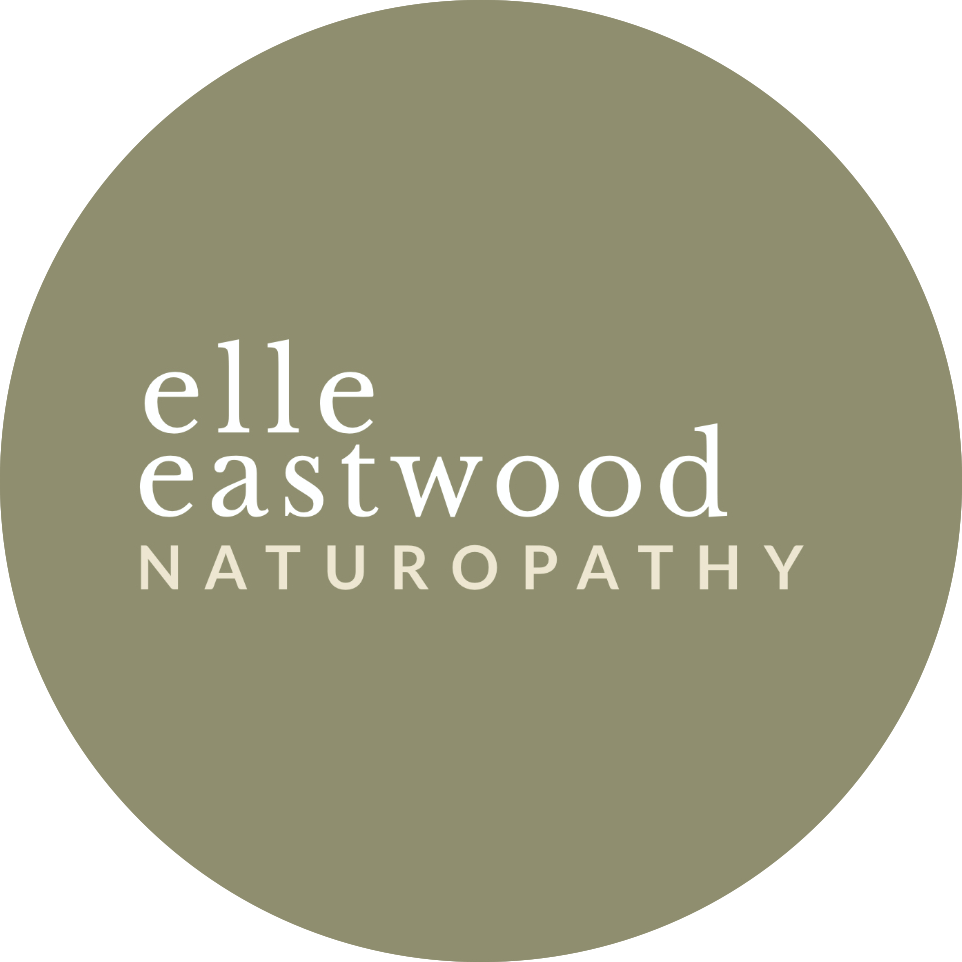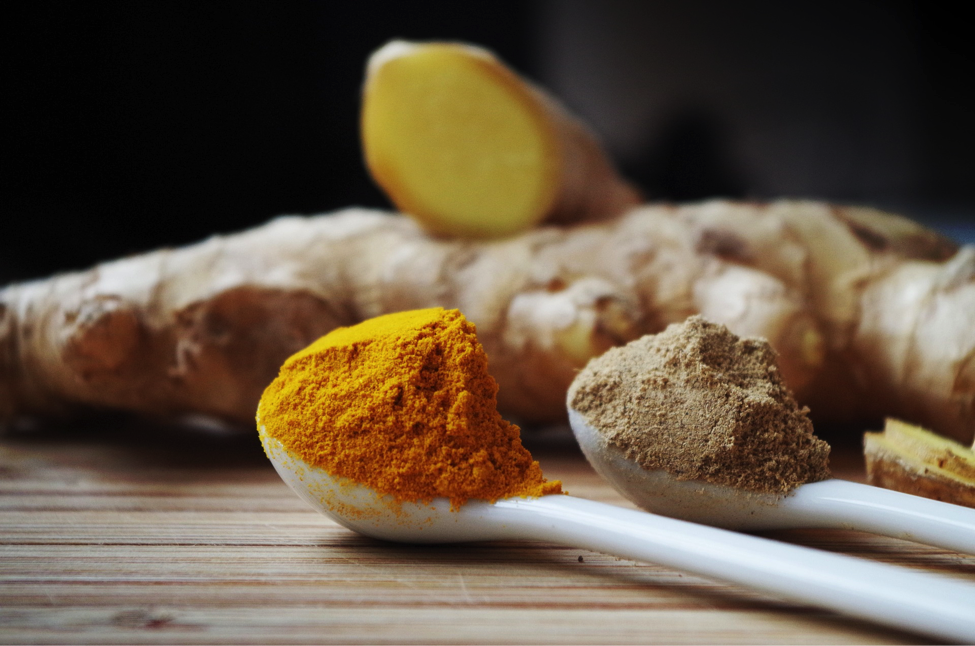Five foods to help heal your gut
Ever wondered what foods can ACTUALLY help heal your gut? They don't have to be expensive, obscure foods sourced only from a back market alleyway in a small village in southern Morroco. Many gut healing foods are probably already in your pantry...
1. Bone Broth
There is good reason bone broth is touted as one of the most healing and sealing foods for your gut and is the basis for many gut healing diets - because it’s true! Bone broth is an incredibly nutrient dense food. When the bones are simmered, minerals (such as magnesium, calcium and phosphorus) are released in easily absorbable forms, alongside important amino acids such as glycine, proline and glutamine. Bone broth is also a rich source of collagen and gelatin. Gelatin is particularly healing on the gastrointestinal lining by helping maintain the integrity of our gastric mucosa, thereby reducing intestinal permeability (i.e leaky gut) and having a ‘sealing’ effect on the gut.
2. Probiotic-rich yoghurt
It is a myth that probiotic supplements are always superior to food sources of probiotics such as yoghurt. In fact, yoghurt can provide a very effective medium for ensuring viable numbers of bacteria reach the small and large intestine intact. Vaalia yoghurt and Activia are both Australian made proven probiotic yoghurts. Symbio is a NZ made probiotic yoghurt which contains Bifidobacterium lactis HN019. This strain of probiotic has been well researched and showed particular benefit in reducing intestinal dysbiosis by raising levels of 'good' gut bacteria, reducing constipation and improving digestive health overall. Many clinical trials have demonstrated the therapeutic effects of using medicinal yoghurts. Best of all, Symbio can be purchased from most NZ supermarkets.
3. Anti-inflammatory Spices
Spices such as cinnamon, ginger and turmeric have beautiful anti-inflammatory effects on the body as a whole system, but are also very soothing on the gastrointestinal tract. I recommend liberal uses of these spices in cooking for all my clients, as they are so easy to regularly incorporate into meals. Cinnamon is a carminative and spasmolytic herb, meaning it’s very effective at reducing flatulence and easing symptoms such as nausea and indigestion.
Ginger is well known for it’s anti-nausea effects but also stimulates the flow of saliva, bile and gastric secretions & some research suggests, ginger may also have anti-ulcer activity by inhibiting gastric lesions. Similarly, turmeric wields anti-inflammatory effects on almost every area of the body. In the gut, curcumin is noted for it’s effects on reducing gastrointestinal spasms, abdominal pain and indigestion.
4. Prebiotic rich foods:
Probiotics are frequently discussed in relation to gut health, but prebiotics play an equally important role. Prebiotics are a non-digestible fibre compound which act as a fertiliser for beneficial bacteria, giving them food to grow. Typically they increase the levels of lactobacilli and bifidobacteria in our guts- aka the good guys. Ensuring adequate levels of these bacteria is important in protecting against gastrointestinal damage, promoting pH balance within the gut and supporting vitamin B production. Prebiotic rich foods include onion, garlic, jerusalem artichoke, legumes, dandelion root, beetroot and pumpkin seeds. Feed the good bugs!
5. Slippery Elm
Technically, slippery elm is a herb (ulmus rubra) but it’s consumed in food form as a powder. The inner bark of slippery elm is what's used medicinally. It is recognised as a mucilage- capable of trapping water, causing it to swell and create a gel like consistency. Slippery elm coats mucous membrane surfaces thereby soothing inflamed and irritated tissue. It's soothing action and fibre content make it great for the treatment of diarrhoea by slowing down bowel transit time. It’s useful in all gastrointestinal conditions particularly gastric reflux, peptic ulcers, IBS and IBD.
See my easy slippery elm pudding here
Every single body is different and depending on what symptoms or conditions you are experiencing, healing the gut takes commitment and dedication. Be encouraged that food can be medicine for our gastrointestinal system and we get at least 3 votes a day to harm or heal! Next time, we look at how our gut affects our skin.
References:
Braun, L & Cohen, M 2010, Herbs & Natural Supplements- An Evidence Based Guide 3rd Ed, Elsevier Australia, Chatswood, NSW
Hawrelak, J 2016, The Natural Gastrointestinal Masterclass Two; Prevention and treatment of travellers diarrhoea and gastrointestinal microbiota restoration.
Hawrelak, J 2003, ‘Probiotics: Choosing the right one for your needs’, Journal of the Australian Traditional Medicine Society, vol. 9, no. 2, pp. 67-75
The Weston Price Foundation 2003, ‘Why Broth is Beautiful: Essential Roles for Proline, Glycine & Gelatin, <https://www.westonaprice.org/health-topics/why-broth-is-beautiful-essential-roles-for-proline-glycine-and-gelatin/>



